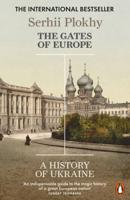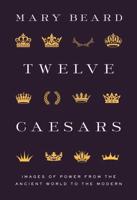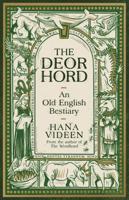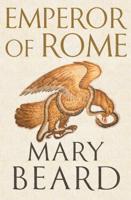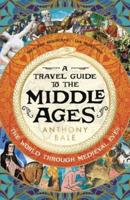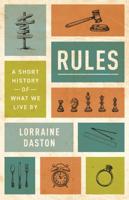Publisher's Synopsis
The "Border" is a magical word, and on either side of a line that constantly varied in the course of English and Scottish victories and defeats, all is enchanted ground, the home of memories of forays and fairies, of raids and recoveries, of loves and battles long ago. In the most ancient times of which record remains, the English sway, on the east, might extend to and include Edinburgh; and Forth, or even Tay, might be the southern boundary of the kingdom of the Scots. On the west, Strathclyde, ly Cymric or Welsh, might extend over Cumberland; and later Scottish kings might hold a contested superiority over that province. Between east and west, in the Forest of Ettrick, the place-names prove ownership in the past by men of English speech, of Cymric speech, and of Gaelic speech. From a single point of view you may see Penchrise (Welsh) Glengaber (Gaelic) and Skelfhill (English). Once the Border, hereabouts, ran slantwise, from Peel Fell in the Cheviots, across the Slitrig, a water which joins Teviot atHawick, thence across Teviot to Commonside Hill above Branksome tower, to the Rankle burn, near Buccleuch, an affluent of Ettrick. Thence, across Ettrick and Yarrow, over Minchmuir, where Montrose rode after the disaster at Philiphaugh, across Tweed, past the camp of Rink, to Torwoodlee, goes that ancient Border, marked by the ancient dyke called the Catrail, in which Sir Walter Scott once had a bad fall during his "grand rides among the hills," when he beat out the music of Marmion to the accompaniment of his horse's hooves. The Catrail was a Border, once, and is a puzzle, owing to its ditch between two ramparts. There are many hill forts, mounds even now strong and steep in some places, on the line of the Catrail.



